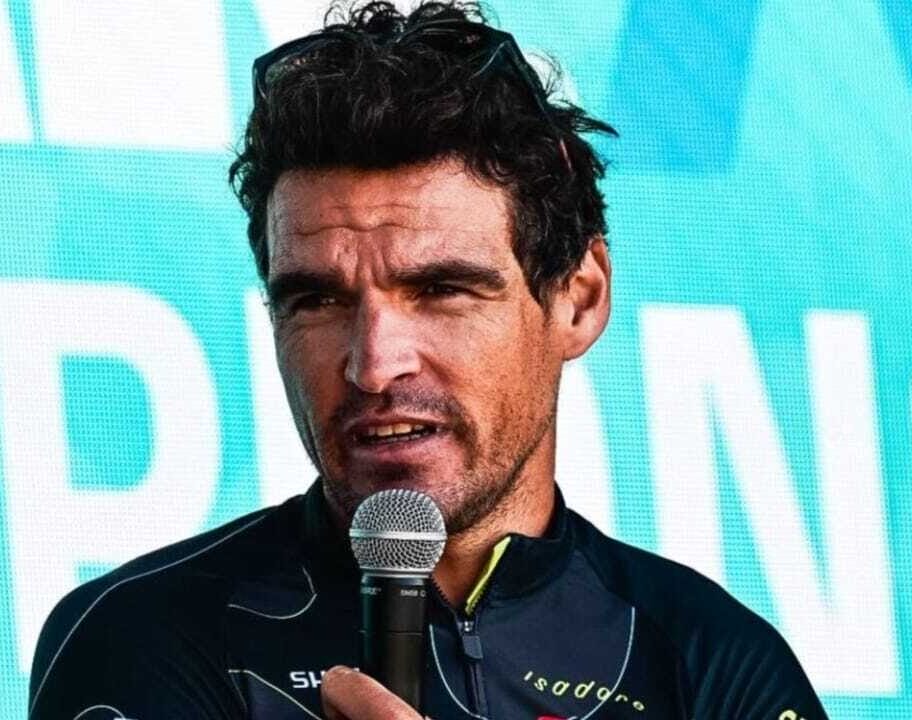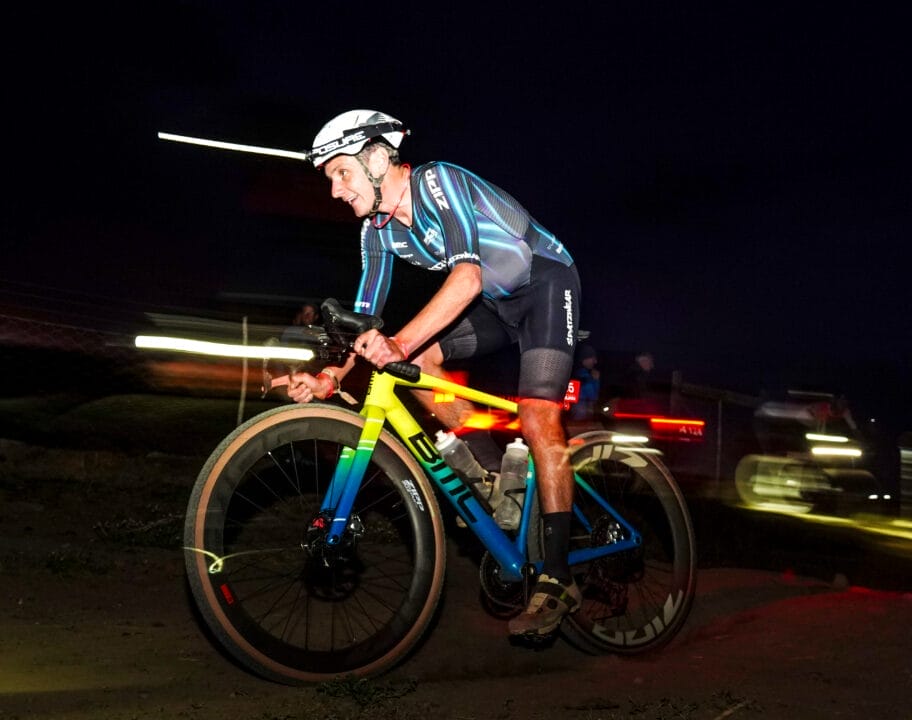If you’re new to cycling, it can feel like everyone else speaks a language you missed out on. But you don’t need an engineering degree or years in the saddle to get the basics. If you’ve ever nodded along through chats about crank length or tyre pressure without a clue, you’re not alone. This guide isn’t about becoming a pro mechanic overnight, it’s about understanding the key factors that determine how your bike rides, and how to make choices that suit you.
Cassette and gear range
Your cassette (the clump of sprockets at the rear) is the part of your drivetrain that defines the rear part of your gearing. A “wide range” cassette (think 11–34 or 11–36 teeth) gives you more low gears so it’s easier to pedal up steep hills. A “narrow range” cassette (like 11–25) keeps the jumps between gears smaller, which is great for fast, flat riding. Counter in whether you’ve got a 1x or 2x front chainring and you get an idea of your drivetrain setup.
The bigger the sprocket at the back, the easier the pedalling. The bigger the chainring at the front, the harder it gets and the fewer turns of the cranks needed for one revolution of the wheel.
What cassette do I need?
If you ride predominantly on the flat, choose a narrow range cassette for smaller jumps between each gear with a 2x front chainring setup to have a smaller gear to drop into if you go uphill. If you’re in the hills, go wide with a 1x front chainring and spin your way to the summit.
Cranks
Cranks are the arms that connect your pedals to the chainrings via the bottom bracket, and yes, their length matters. Standard lengths are 170, 172.5 or 175mm, but shorter ones (165mm or even less) are gaining traction for better hip angle and reduced knee stress.
As a general rule, shorter riders might feel better with shorter cranks. If you’ve never thought about them before, you’re probably fine – but if you’re getting knee pain or aiming for marginal gains, talk to your local bike fitter before tweaking your setup.
Tubeless tyres vs using inner tubes
Inner tubes are the old faithful: simple, reliable (just not in winter, or near freshly cut hedges) and fairly straightforward to fix. Tubeless tyres on the other hand? There’s no inner tube, just liquid sealant (aka tubeless milk) inside the tyre that is able to seal small punctures on the go.
The main benefits of riding tubeless? Higher puncture resistance and the ability to ride lower pressures for more comfort. But you’ll need specific rims, tyres and a bit of setup know-how.
Tip: Ride off-road a lot? Go tubeless and learn to do it yourself at home. There are loads of YouTube tutorials on this. If you mostly ride on the road or don’t want the faff, tubes are fine. Whatever system you choose, just make sure you always carry a spare tube or two, so you’ll be able to get home.
Disc brakes vs rim brakes
Disc brakes use a rotor attached to the hub and stop the bike via brake pads in a calliper, like a motorbike. Rim brakes use cantilevers to squeeze the wheel edge. Disc brakes, which these days come as standard on most high-end road, gravel and mountain bikes, give you consistent stopping power in any weather, but require more mechanical experience to maintain. Rim brakes are lighter, simpler but less reliable in the wet.
Tip: If you’re buying a new bike, go for discs. If you’ve got rim brakes, you’re not out of the game – just be aware they’re more sensitive to weather and wear.
Tyre pressure
Tyre pressure basically just means how ‘hard’ you pump up your tires. Measured in PSI, BAR or kPA depending on where you are based, tyre pressure affects rolling resistance, grip and comfort. There’s no universal setting – it depends on your weight; the width of your tyres (wider tyres have a higher volume so can be ridden at a lower pressure); the conditions (wet/dry, mud/ dust); the terrain (rocky/smooth); and how you ride (fast and heavy-hitting everything/light and smooth, floating over rough terrain).
A subject with endless theories and viewpoints, we recommend taking the time to figure out what works best for you. As a starting point, begin with the middle of your tyre’s recommended range and tweak from there. A digital gauge and a few test rides will teach you more than any forum ever could.
Learn by doing
Bike tech doesn’t have to feel intimidating – or as polarising as modern politics. A little understanding goes a long way, helping you make decisions, fix things faster, and maybe even enjoy the occasional bike shop conversation without zoning out. The best mechanic? Experience. But before it all clicks, we recommend investing the time to learn by doing.




